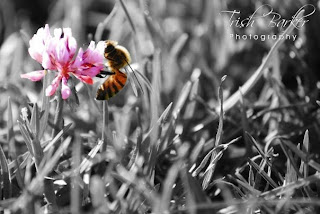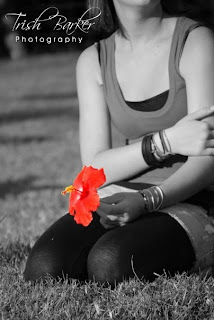
So what's my favorite thing about High Key Studio Lighting? The results! They just look clean, happy and ultra good.
You see a lot of high key shots taken for fashion photography, shampoo and soap commercials, etc. It just makes your models look great and it's upbeat and makes you feel good. Is it as easy as low key? Pretty much. But it does require more lights (I shoot low key with one light... high key requires 3... atleast they way I do it).
So, here's what my set up consisted of:
1. White backdrop and floor drop
2. Two 500 watt tungsten Interfit EZ lights without the umbrellas.
3. One speedlight on my camera (I use the Nikon SB-900)
4. Beautiful models!
So, the objective here is to expose your background MORE than your main subject. So I set up my two 500 watt lights, right in front of my backdrop, pointing inwards so that they lit up the backdrop nicely. (it's important to note that you have to change the White Balance on your camera when shooting in a studio... I use Tungsten lights so I change the white balance to "incandescent" so that my photos are exposed properly)
I then put my models about 10 feet in front of the backdrop. And I stood at varying distances away from my models to test what distance would give me the best light. I was shooting at 400 ISO for some and 800 ISO for others, depending on how many models were in the shot and the look I was going for. I used my speedlight, pointed at the white ceiling with a white bounce card, as my main light on the models.
The only issue I had was my speedlight kept overheating. I've got to research what in the world to do about that, because I had to keep taking breaks to let the speedlight recover, but the girls were patient and the results were... well... pretty awesome.




To see more examples of High Key Studio Lit photos, you can check out our portfolio at http://www.trishbarkerphotography.com/.









